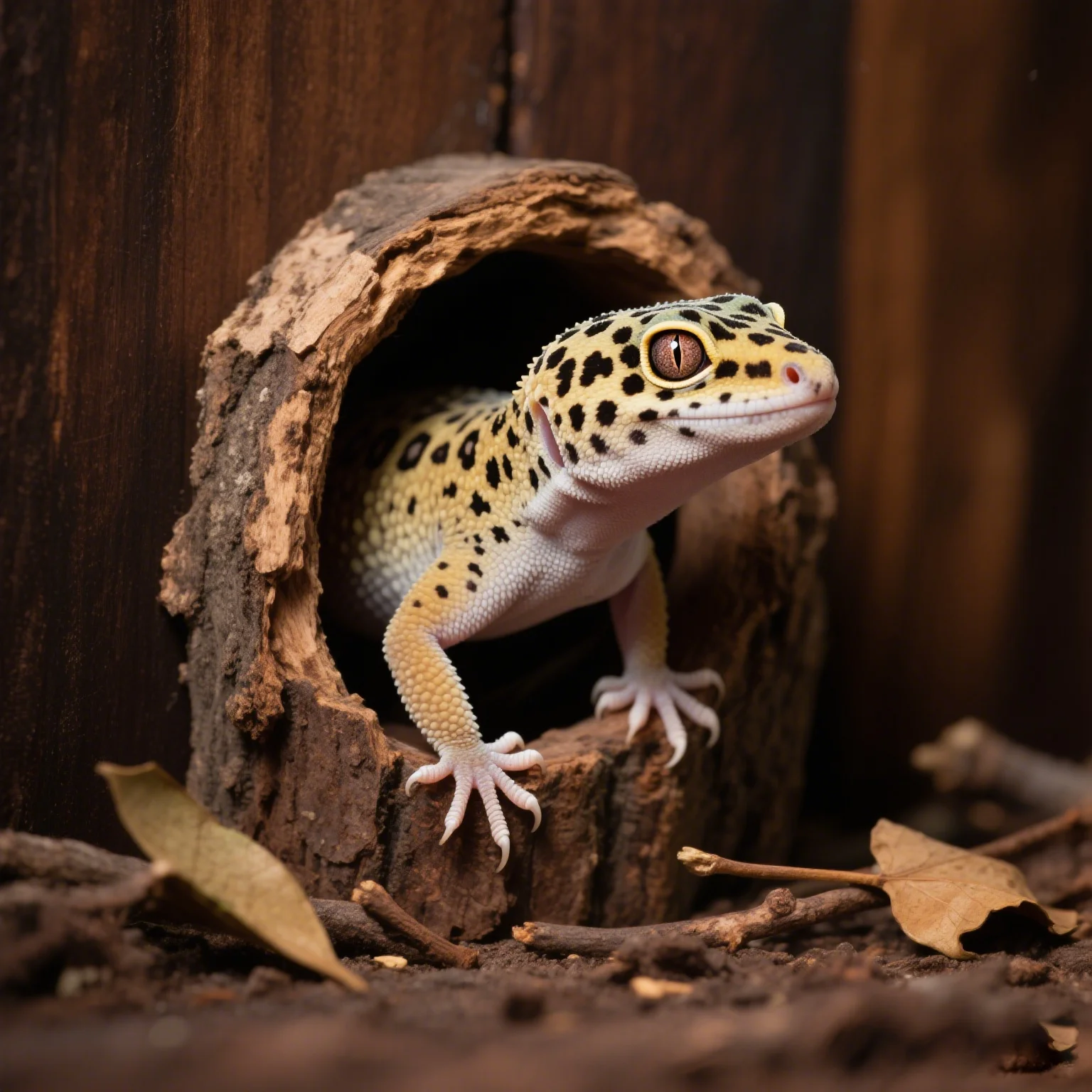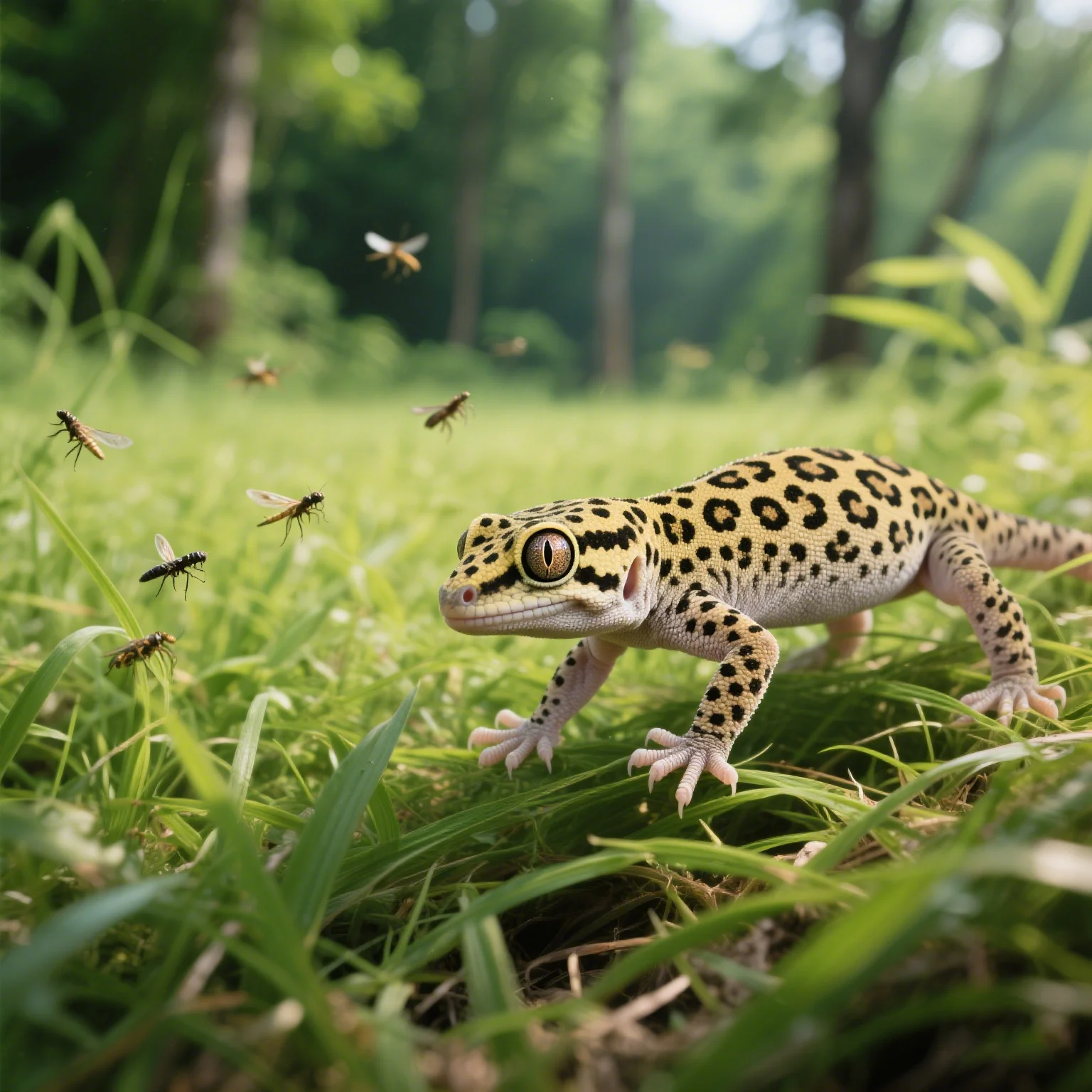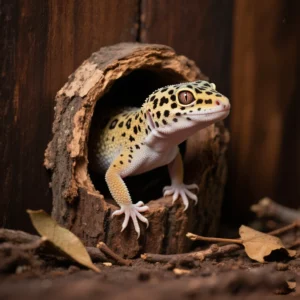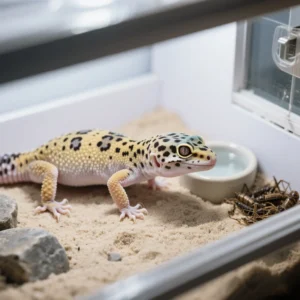
Reptile Care
Do Leopard Geckos Like to Be Held?
Leopard geckos (Eublepharis macularius) are among the most popular reptile pets for a reason. Their gentle demeanor, manageable size, and relatively simple care requirements make them an attractive choice for both beginners and experienced reptile keepers. One common question we often hear at Lopehare is, “Do leopard geckos like to be held?” The answer isn’t a simple yes or no. Like all reptiles, leopard geckos have individual personalities and unique comfort levels with human interaction. However, with proper understanding and careful handling, most leopard geckos can learn to tolerate, and some even enjoy, being held.
Do Leopard Geckos Like to Be Held?
In the wild, leopard geckos are solitary and generally avoid contact with other animals, including humans. They are primarily terrestrial and nocturnal, spending their days hiding in burrows and crevices to avoid predators. In captivity, their natural instincts remain the same, but they can learn to recognize their owners and feel comfortable being handled if the interaction is positive and done correctly. Importantly, leopard gecko care involves understanding their specific needs to minimize stress and ensure a happy, healthy pet.
Understanding Leopard Gecko Personality
Every leopard gecko has a unique personality, just like humans. Some geckos are naturally more curious and adventurous, while others are shy and prefer to remain undisturbed. Captive-bred leopard geckos, especially those handled gently from a young age, are more likely to be comfortable with human interaction compared to wild-caught ones. Remember, leopard geckos are not social animals and do not seek companionship in the same way dogs or cats do. Their tolerance for handling is largely based on trust and past experiences.
Proper Handling Techniques
Successfully handling a leopard gecko starts with proper technique. Here’s a step-by-step guide:
- Allow Acclimation: When you first bring your leopard gecko home, allow it at least a week to adjust to its new enclosure before attempting to handle it. Stress from a new environment can make handling more difficult and detrimental to the gecko’s health.
- Approach Slowly: Move your hand slowly toward the gecko from the side, avoiding overhead movements. Overhead movements can mimic a predator, triggering a stress response.
- Support the Body: Gently scoop up the gecko from below, supporting its entire body. Avoid grabbing it by the tail, as leopard geckos can drop their tails as a defense mechanism.
- Keep Sessions Short: Start with short handling sessions (2-5 minutes) and gradually increase the duration as your gecko becomes more comfortable.
- Low and Calm: Keep your hands close to the ground or a soft surface (like a bed) in case the gecko jumps or falls. Maintain a calm, quiet environment during handling to reduce stress.
Signs of Stress in Leopard Geckos
While many leopard geckos tolerate handling well, it’s important to watch for signs of stress:
- Running away or hiding when you approach the enclosure.
- Hissing, squeaking, or biting when handled (rare, but possible).
- Loss of appetite or changes in droppings.
- Attempting to escape by rapidly wagging their tail or leaping from your hands.
- Hiding more frequently or refusing to come out.
If you notice any of these signs, give your gecko a break from handling and check that their basic needs (temperature, humidity, hiding spots, etc.) are being met. Persistent stress can lead to health problems and a shorter lifespan for your pet.

Building Trust with Your Leopard Gecko
Building trust with a reptile requires patience and consistency. Here are some tips to help your leopard gecko become more comfortable with handling:
- Hand Feeding: Offer food from tweezers or your fingers to create positive associations with your presence. Some geckos will even eat directly from your hand over time!
- Regular Interaction: Spend time near the enclosure daily, talking softly to your gecko. This helps them get used to your voice and presence.
- Consistent Schedule: Handle your gecko at the same time each day, ideally in the evening when they are naturally more active, to establish a routine they can predict.
- Respect Their Mood: Some days, your gecko might not want to be handled, and that’s okay. Forcing interaction can set back trust-building efforts.
Benefits of Handling Your Leopard Gecko
While handling should always be on the gecko’s terms, regular positive interaction has benefits:
- Health Checks: Handling allows you to inspect for signs of illness or injury, such as wounds, retained shed, or weight loss. Early detection is key to successful treatment.
- Taming: Leopard geckos that are regularly handled from a young age are generally calmer and easier to manage as adults. Taming also makes veterinary visits less stressful for both you and your pet.
- Bonding: Though not social, leopard geckos can recognize their owners, and positive handling experiences can strengthen your bond.
- Enrichment: As leopard geckos are naturally curious, supervised exploration outside their enclosure can be mentally stimulating and provide physical exercise.
Conclusion: Should You Hold Your Leopard Gecko?
While leopard geckos don’t seek affection like mammals, many can learn to tolerate and even enjoy gentle handling if introduced properly. Patience, respect, and understanding their body language are essential for a positive experience.
For most owners, holding their leopard gecko occasionally is both safe and enjoyable, as long as the animal’s stress levels are monitored. Start slow, be consistent, and always prioritize your pet’s well-being over your desire to hold them. If your leopard gecko consistently shows signs of stress, it may be best to limit handling to necessary situations (e.g., health checks). Each gecko is unique, so tailor your approach to their individual comfort level.
At Lopehare, we always emphasize that understanding and meeting your leopard gecko’s care requirements comes first, and that includes respecting their preferences for handling. A well-cared-for gecko is more likely to be receptive to interaction, so proper husbandry is paramount.



